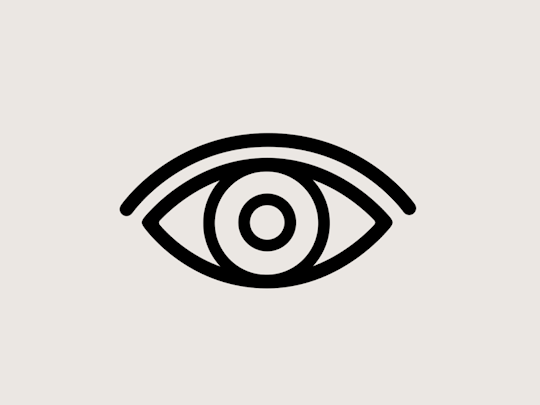We have the following configuration where the triangle OAB is isosceles and the angles lambda = 20 °, alpha = 60 ° and beta = 50 ° are given.
It is a question of finding the value of gamma.
Make a correct drawing
The drawing provided is grossly wrong. By applying yourself with a ruler and a protractor, you will find 80 °, unless that is a very close number of course. How to know ? There is only one solution for that: you have to prove it!
To try to do this, you will probably use the classic angular relations (sum of the angles of a triangle, opposite angles, etc.) to determine as many angles as possible. Whatever you do, you won’t get to the desired angle that way. The fact remains, however, that this angle is quite entirely determined.
The introduction of a circle
The notion of angle is closely linked to circles, so it is natural to introduce one. It is therefore quite logically that we introduce the circle with center O passing through A and B which leads us to the following figure:
If we construct the regular polygon with center O and angle at the center AOB, we see that the line IJ seems to intersect the circle at two points of the polygon M and N. Likewise AJ and BI at C and D.
Let us admit that we have managed to prove it, using the relations in the triangle OIN, we find:
OIN = 180-ONM-ION
Now, using the angles in the center as well as the angles entered:
ONM = 30 and ION = 100 therefore OIN = 50.
We deduce the result.
The knot of proof
It therefore remains to prove that the line IJ actually intersects the circle at M and N. We can forget the points C and D since they do not intervene to prove the final result. It is therefore a matter of showing that the points of the polygon M and N and the points I and J are aligned.
For this, we first note that the triangle OAJ is isosceles (angles in O and A equal to 30 ° therefore OJ = JA. On the other hand, JA = JB ‘by symmetry therefore OJ = JB’ hence the ‘ we deduce that J belongs to the perpendicular bisector of OB ‘that is to say to MN.
Finally IMA = IBA = 50 ° (symmetry) and similarly NMA = 50 ° (inscribed angle. It follows that I belongs to MN. We have shown that the four points M, N, I and J are aligned. The result follows.
